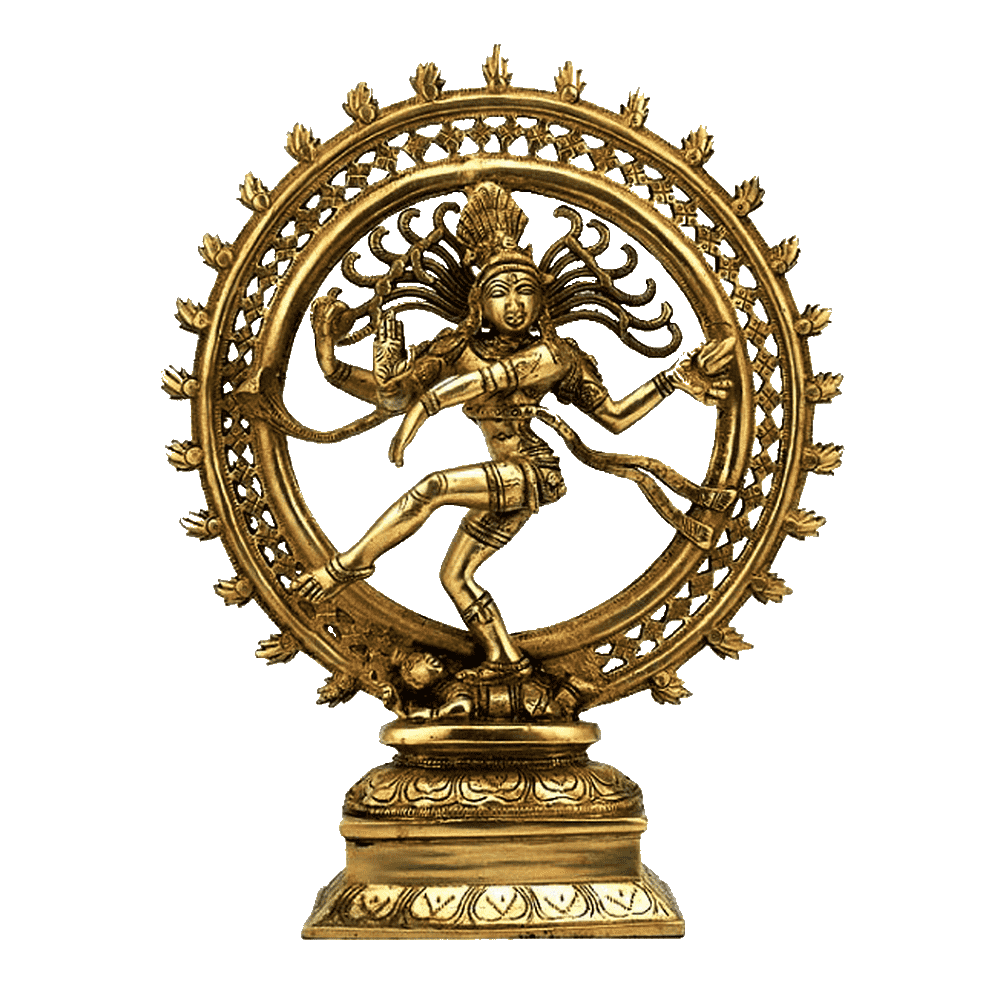
Kaula Tantra
Exploring the Worship of the Divine Feminine and the Path to Spiritual Enlightenment
Introduction:
The Kaula Tantra holds a prominent place within the Kaula tradition of Hinduism, emphasizing the worship of the divine feminine and the pursuit of spiritual enlightenment. This sacred text offers profound insights into the esoteric practices and rituals that enable seekers to connect with the divine energies of the feminine and attain spiritual illumination.
The Kaula Tradition and the Divine Feminine:
The Kaula tradition is a mystical and esoteric branch of Tantra that reveres the divine feminine as the ultimate creative force of the universe. It celebrates the energies of Shakti, the primal cosmic power, and emphasizes the union of Shiva and Shakti as the embodiment of spiritual enlightenment.
The Worship of the Divine Feminine:
The Kaula Tantra reveals various forms of the divine feminine, each representing different aspects of cosmic energy. Seekers engage in rituals and meditation to connect with these forms, nurturing a deep bond with the divine feminine within and without.
Shakti and Kundalini Awakening:
One of the central tenets of the Kaula tradition is the awakening of Kundalini, the dormant spiritual energy coiled at the base of the spine. Through the worship and practices outlined in the Kaula Tantra, seekers learn to awaken and ascend the Kundalini, experiencing heightened states of consciousness and spiritual evolution.
The Union of Shiva and Shakti:
In the Kaula tradition, the divine feminine (Shakti) is considered the dynamic creative aspect, while Shiva symbolizes the static consciousness. Seekers aspire to unite these energies within themselves, achieving a state of profound balance and spiritual harmony.
Transcendence of Duality:
The Kaula Tantra encourages seekers to transcend the limitations of dualistic thinking and embrace the oneness of all existence. By recognizing the divine feminine as the source of creation and all manifestations, seekers dissolve the boundaries of ego and experience the interconnectedness of life.
Sacred Rituals and Practices:
The Kaula Tantra guides devotees through sacred rituals, including elaborate pujas (ritualistic worship), mantra chanting, and meditation. These practices facilitate the absorption of divine energies and lead seekers towards spiritual realization.
The Cultivation of Tantric Wisdom:
The Kaula Tantra delves into the cultivation of Tantric wisdom, which goes beyond theoretical knowledge and involves direct experiential understanding. Through disciplined practices and devotion to the divine feminine, seekers gain profound insights into the nature of reality and self.
Harmony with Nature and Life:
The Kaula tradition emphasizes living in harmony with nature and embracing life’s experiences as opportunities for spiritual growth. Seekers recognize the divine presence in all aspects of existence and embrace life as a sacred journey.
Embracing Emotions and Desires:
In the Kaula Tantra, seekers are encouraged to embrace their emotions and desires, transforming them into vehicles for spiritual awakening. By channeling desires towards divine union and spiritual aspirations, devotees transcend mundane attachments and attain spiritual liberation.
Conclusion:
The Kaula Tantra stands as a revered scripture in the Kaula tradition, offering seekers a path to spiritual enlightenment through the worship of the divine feminine. By embracing the sacred rituals, practices, and wisdom outlined in the text, seekers cultivate a deep connection with the cosmic energies of Shakti, awakening Kundalini, and achieving unity with Shiva. The Kaula tradition’s focus on the divine feminine serves as a profound reminder of the transformative power of the feminine aspect and the path to spiritual illumination. As devotees immerse themselves in the practices and teachings of the Kaula Tantra, they embark on a journey of self-discovery, union with the divine, and liberation from the cycle of birth and death.
Editor – Kaalchakra Team
[ Note – Before Concluding anything as a Finale, Please Go through Original Scriptures of Vaidik Literature Written in Sanskrit and Also with Meaning of That time of Language. Because English is a Limited language to Explaining the Deeper Knowledge of Vaidik Kaal. ]
